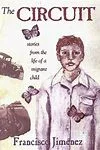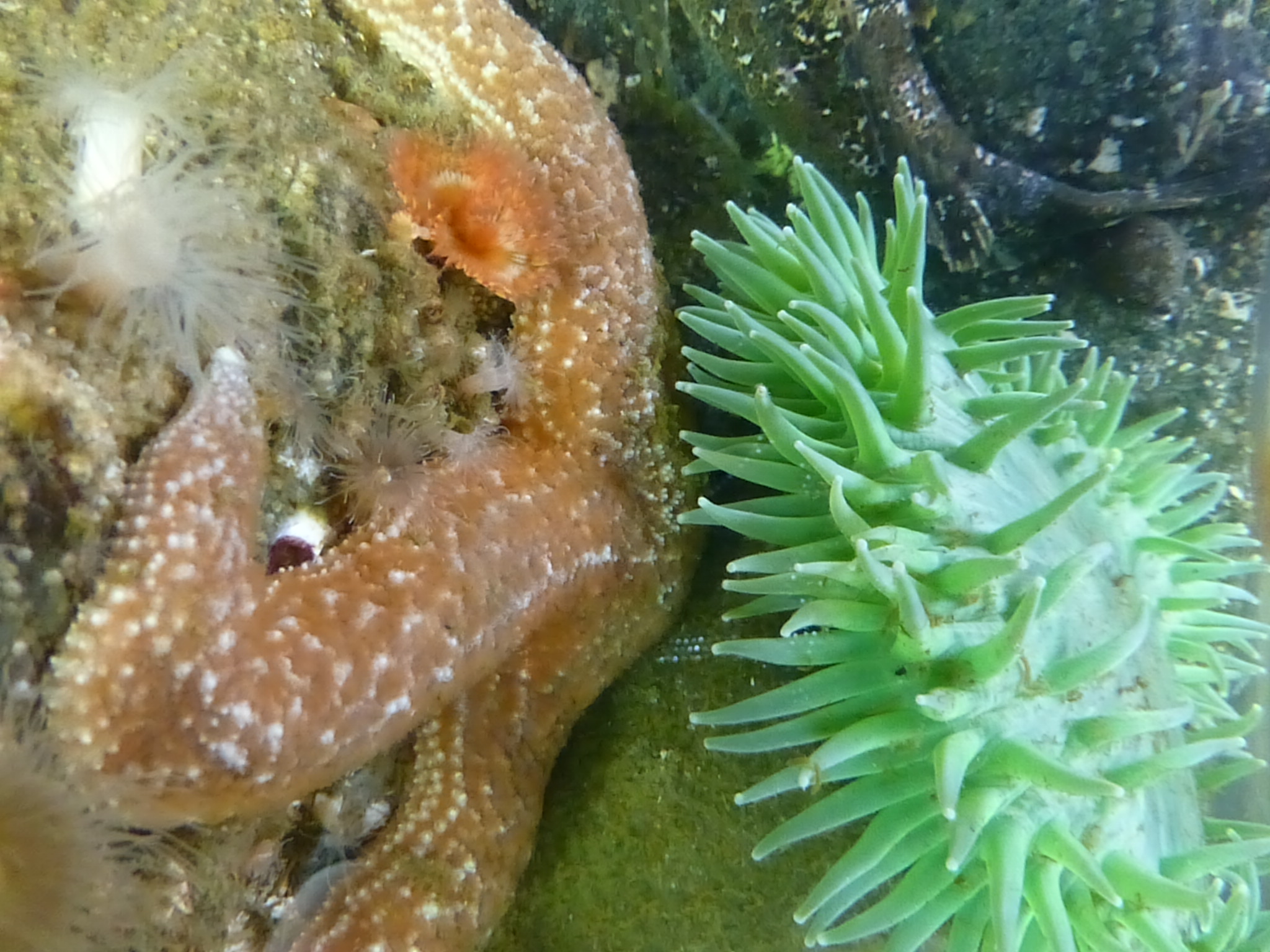A child’s first haircut is an exciting time. It can also be scary for the child. Consider all the objects, smells, and activities that go on in a hair salon. Children may become overwhelmed. Select a time of day when the child is not tired and/or hungry. Children may feel comfortable bringing a familiar object from home. Assure the child s/he is safe, and the haircut will not hurt her/him. The following vignette offers an example of a child’s first haircut.
The scared little girl walked into the salon. A backpack full of toys, a doll, and dolly salon chair were comfort objects the child towed into the salon. “How-can-I help you,” asked the hairdresser.
“We are here for a first haircut,” said Mom.
“What is your name?” asked the hairdresser.
The little girl hid behind her Mom, looked at the floor, and did not respond.
Mom followed the hairdresser. The child followed Mom to the place where haircuts happen. The child saw the adult size chair that resembled her toy chair fully equipped with the hydraulic pump to make the chair go up or down. Even though there were familiar items in the salon, there were many peculiar arrangements of those familiar items. There were combs in jars with blue-green liquid on the counter. A big hair dryer like her Mom’s was sitting next to the counter in a big barrel with a long cord that resembled a snake. The unusual environment with the unfamiliar objects scared the child.
The hairdresser was wearing a black apron and offered the child a cape to wear. “I don’t want to wear that! It has buttons,” the child proclaimed. Ever since she turned three, she decided buttons are her enemy. Part of her wanted to wear the cape. After all, superheroes wear capes. Plus it had exotic animals from the savannah on the special cape. A zebra, giraffe, cheetah, and lion peered between stripes on the silky cape with buttons. “No thank you!” replied a conflicted child on the offer to wear the cape. “No worries. You do not have to wear the cape,” said the hairdresser as she put the cape on the counter.
Next, she grabbed a booster seat. She asked Mom if she would like to hold the child or if the child would like to sit in the booster seat. That is when it happened. She started to cry. It was a raw shriek that got the attention of everyone in the salon. All eyes looked at the child now. The unfamiliar environment, strange objects, the cape, and now this expectation she sit in a chair high up off the ground was too much to take!
She was afraid of getting into the chair. Will the hairdresser hurt me? What is she going to do with those weird, shiny knives she has on her fingers? What is the strange smell in here? Why do I need to have a haircut in the first place? Tears streamed down her face as she sat on the floor with her toys all around her.
The hairdresser sat down on the hairy floor with the child. They started talking about Samantha, the American Girl doll the child brought from home. “How do you like to do Samantha’s hair?” asked the hairdresser.
“I like to brush her hair. Then I pull her hair back with these barrettes,” instructed the child.
The two talked and played with the comforting toys from home.
The child was feeling safe now with the hairdresser. She was also having fun playing.
“Would you like to play on my chair and see it go up into the air?” asked the hairdresser.
“Yeah!” answered the child excitedly as she jumped from the floor and into the hydraulic chair.
The hairdresser spritzed her hair so it would be wet. She used her comb to get the tangles out. Last, she used her superhero scissors to create an artistic masterpiece. When it was all done, the hairdresser gave Mom strands of hair to keep as a memento. This was a special milestone. The first haircut!


















































Sed purus sem, scelerisque ac rhoncus eget, porttitor nec odio. Lorem ipsum dolor sit amet.